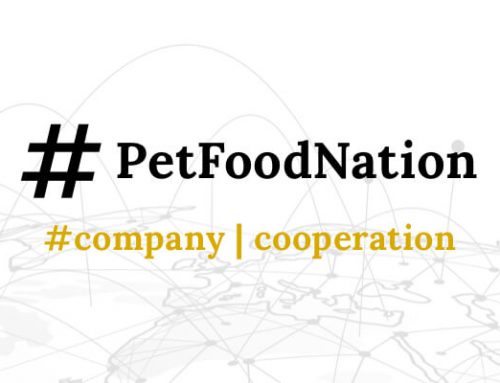As reported in a post at the beginning of November, in October 2023, the European Union officially implemented new regulations regarding the labeling of organic pet foods through the introduction of Regulation 2023/2419. This initiative, spurred by a provisional agreement between the European Parliament and Council in June 2023, aimed at streamlining the process for consumers seeking organic options for their pets, aligning with existing rules for labeling organic human food.
Regulation 2023/2419 delineated specific label requirements essential for the sale of organic pet food across the region. It outlined ingredient specifications and introduced a mandatory organic logo. This regulatory change followed the adoption of Regulation 2018/848 in January 2022, which updated requirements for organic production. Notably, this earlier regulation stipulated that animal feed could only bear the organic label if 100% of its agricultural ingredients and at least 95% of its dry ingredients were organic. However, this rule applied exclusively to feed for production animals, excluding pets. Subsequently, Regulation 2023/2419 was introduced to encompass organic pet food.
Preceding this regulatory update, individual countries established their own national rules or adhered to private standards governing the use of the term “organic.” The introduction of Regulation 2023/2419 by the European Commission aimed to harmonize these disparate rules, creating a more cohesive method for labeling organic pet food products throughout the European Union.
Under the new regulation, pet foods can be labeled as organic in sales descriptions if at least 95% of the agricultural ingredients by weight are organic. Commencing May 1, 2024, pre-packaged organic pet foods that fulfill the 95% organic ingredient requirement must prominently showcase the organic logo of the European Union on their packaging. Furthermore, the term “organic” in the product’s sales description must align with the color, font style, and size of other indications in the ingredients list.
In instances where products fall short of the 95% requirement, individual ingredients can still be labeled as organic in the product’s ingredients list. This approach necessitates including the total percentage of organic ingredients relative to the total number of agricultural ingredients, enhancing transparency for consumers.



